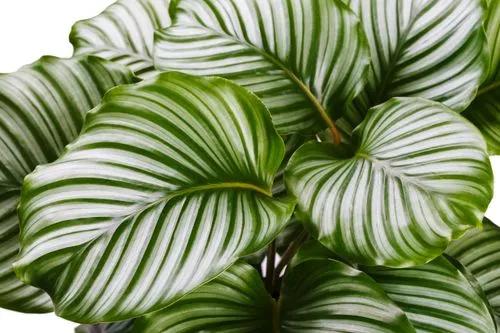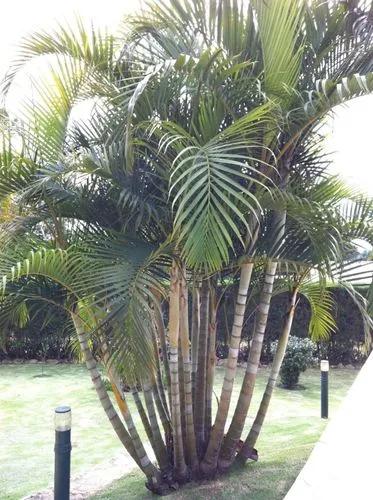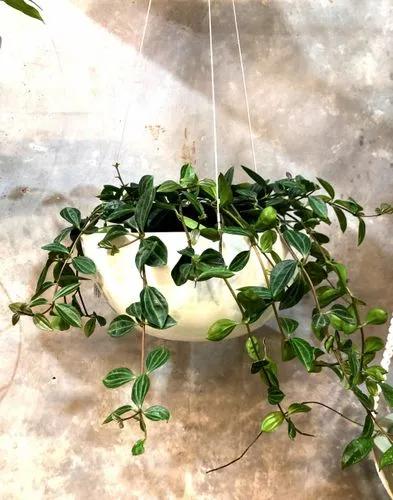Phaseolus coccineus, known as runner bean, scarlet runner bean, or multiflora bean, is a plant in the legume family, Fabaceae. Another common name is butter bean, which, however, can also refer to the lima bean, a different species.
Climbing beans Care
Phaseolus coccineus



This species originated from the mountains of Central America. Most varieties have red flowers and multicolored seeds (though some have white flowers and white seeds), and they are often grown as ornamental plants. The vine can grow to 3 m (9 ft) or more in length. It differs from the common bean (P. vulgaris) in several respects: the cotyledons stay in the ground during germination, and the plant is a perennial vine with tuberous roots (though it is usually treated as an annual). The knife-shaped pods are normally green; however, there are very rare varieties bred by amateurs that have very unusual purple pods. An example of such a purple-podded runner bean is 'Aeron Purple Star'. Runner beans have also been called "Oregon lima bean", and in Nahuatl ayocotl or in Spanish ayocote. Runner beans, like all beans, contain the toxic protein phytohaemagglutinin and thus should be cooked well before eating.
How to Care for the Plant

Water

Beans need about one inch of water (2.5 cm) a week for good growth. if your garden doesn't get sufficient rain, you must water. watering is probably the most critical summer gardening chore for many people, and it's the job most often done wrong.

Pruning

By removing overgrown foliage, you will improve airflow to the plant, and light will be better able to penetrate all portions of the plant. This actually leads to a fuller and healthier looking houseplant.

Fertilizer

When it comes to fertilizers, you want to avoid over-fertilizing (just like an overdose of vitamins isn't great for us, either). Less is more, so it’s important to follow what the package says for application amounts.

Sunlight

All plants require light for photosynthesis, the process within a plant that converts light, oxygen and water into carbohydrates (energy). Plants require this energy in order to grow, bloom and produce seed. Without adequate light, carbohydrates cannot be manufactured, the energy reserves are depleted and plants die. They need 12-14 hours of indirect sunlight.

Soil

A loam soil contains a nice balance of silt, sand, and clay along with humus.

Temperature

When the soil has reached 12°C (54°F), usually by mid-May in the south, and two weeks later in the north, seeds can be sown in their permanent positions until the end of July.

Container

Here’s a handy guideline: increase pot size by 2.5-5 cm (1 to 2 inches) in diameter for plants that are growing in pots 25.4 cm (10 inches) in diameter or less. For larger plants, those growing in pots greater than 10 inches in diameter, increase the pot size by 5 or 7.62 cm (2 or 3 inches) in diameter.

Popularity

1,038 people already have this plant 152 people have added this plant to their wishlists
Discover more plants with the list below
Popular articles






